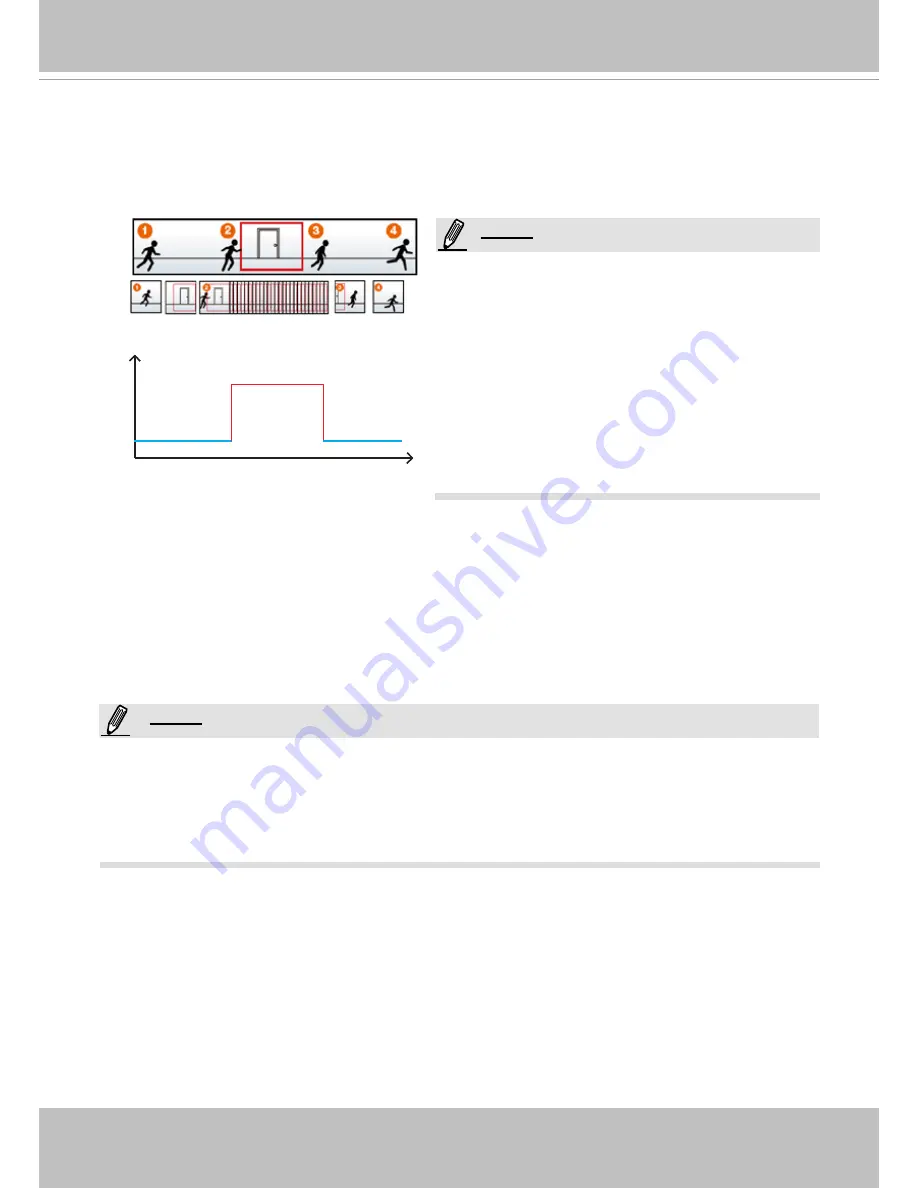
VIVOTEK
94 - User's Manual
the video frame rate to full on the occurrence of an event. Doing so can save the bandwidth and storage
requirements.
If you enable adaptive recording and enable time-shift cache stream on Camera A, only when an event
is triggered on Camera A will the server record the streaming data in full frame rate; otherwise, it will only
request the I frame data during normal monitoring, thus effectively save lots of bandwidths and storage.
The alarm trigger includes: motion detection and DI detection. Please refer to Event settings on page 77.
■ Pre-event recording and post-event recording
The Network Camera comes with a buffer area. The buffer temporarily holds data up to a certain limit.
This enables the camera to record pre- and post-event videos. Enter a number in each text box.
■ Priority: Select the relative importance of this recording (High, Normal, or Low). Recording with a
higher priority setting will be executed first.
■ Source: Select a stream for the recording source.
► To enable adaptive recording, please also
enable time shift caching stream
and
select a caching
stream
on Media > Video > Stream settings. Please refer to page 63 for detailed instruction.
► To enable recording notification please configure
Event
settings
first. Please refer to page 77.
Time
Bandwidth
Bandwidth
Activity Adaptive Streaming
for Dynamic Frame Rate Control
I frame ---> Full frame rate ---> I frame
Continuous recording
► To enable adaptive recording, please make sure
you’ve set up the trigger sources such as Motion
Detection, DI Device, or Manual Trigger.
► When there is no alarm trigger:
- JPEG mode: record 1 frame per second.
- H.264 mode: record the I frame only.
- MPEG-4 mode: record the I frame only.
► When the Intra frame period has been set to larger
than >1s on Video settings page, the Intra frame
period will be forced down to 1s when the adaptive
recording is activated.
NOTE:
NOTE:
















































